Need Help? We are right here!
Need Help? We are right here!
Thanks for your Enquiry. Our team will soon reach out to you.
If you don't hear from us within 24 hours, please feel free to send a follow-up email to info@xecurify.com
Search Results:
×The Cisco Secure Adaptive Security Appliance (ASA) , a crucial part of Cisco’s network security suite, integrates with a variety of security services such as VPN and IPS, making it widely used in enterprise and data center environments requiring robust, flexible, and scalable security. Enhancing this security with Multi-Factor Authentication (MFA) helps protect against unauthorized access by requiring an additional layer of user verification.
miniOrange Multi-Factor Authentication (MFA) can seamlessly integrate with the Cisco ASA appliance to add an extra layer of security to Cisco AnyConnect VPN logins. By leveraging miniOrange’s RADIUS server, organizations can configure MFA for VPN connections . This setup ensures that users must authenticate with something they know (password) and something they have (MFA methods like Push Notification, SMS, or phone call).
miniOrange accomplishes this by acting as a RADIUS server that accepts the username/password of the user entered as a RADIUS request and validates the user against the user store as Active Directory (AD). After the first level of authentication, miniOrange prompts the user with 2-factor authentication and either grants/revokes access based on the input by the user.
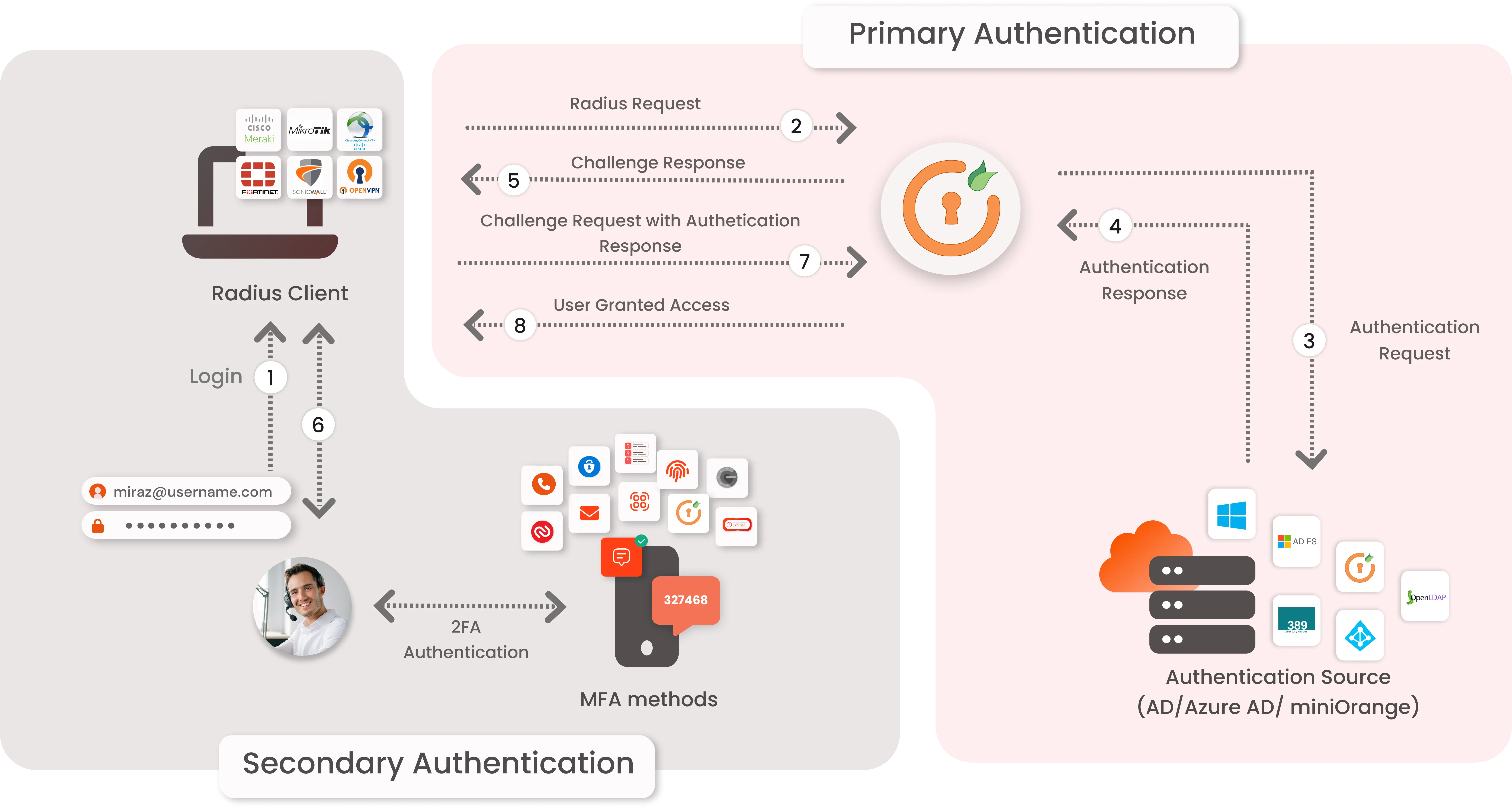
miniOrange provides user authentication from various external directories such as miniOrange Directory, Microsoft AD, Microsoft Entra ID/LDAP, AWS Cognito and many more.
Can't find your Directory? Contact us on idpsupport@xecurify.com
miniOrange offers free POC and help through a consultation call with our System Engineers to Setup Multi-Factor Authentication for Cisco ASA VPN in your environment with 30-day trial.
For this, you need to just send us an email at idpsupport@xecurify.com to get free POC and we'll help you setting up our solution in no time.
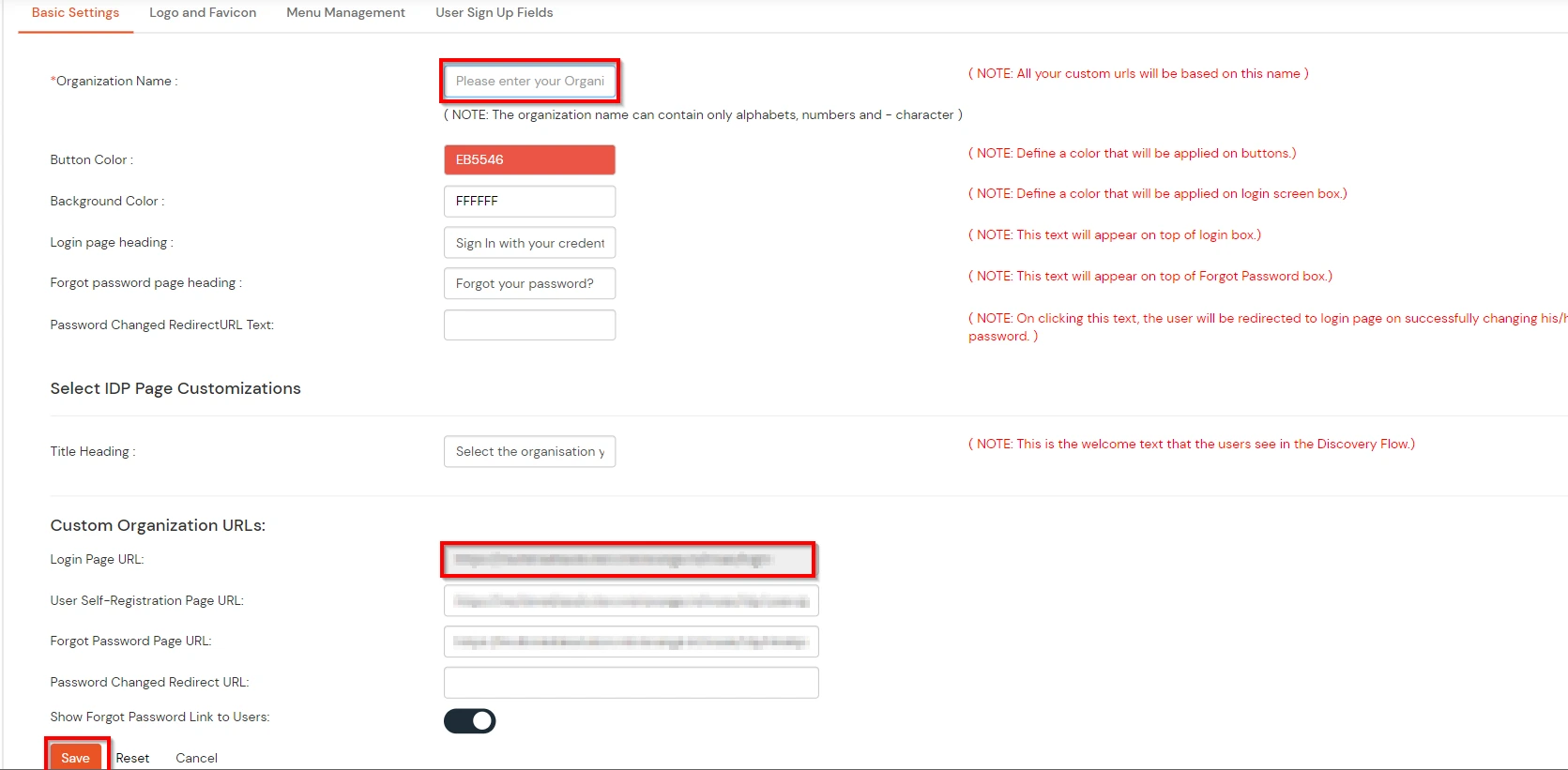


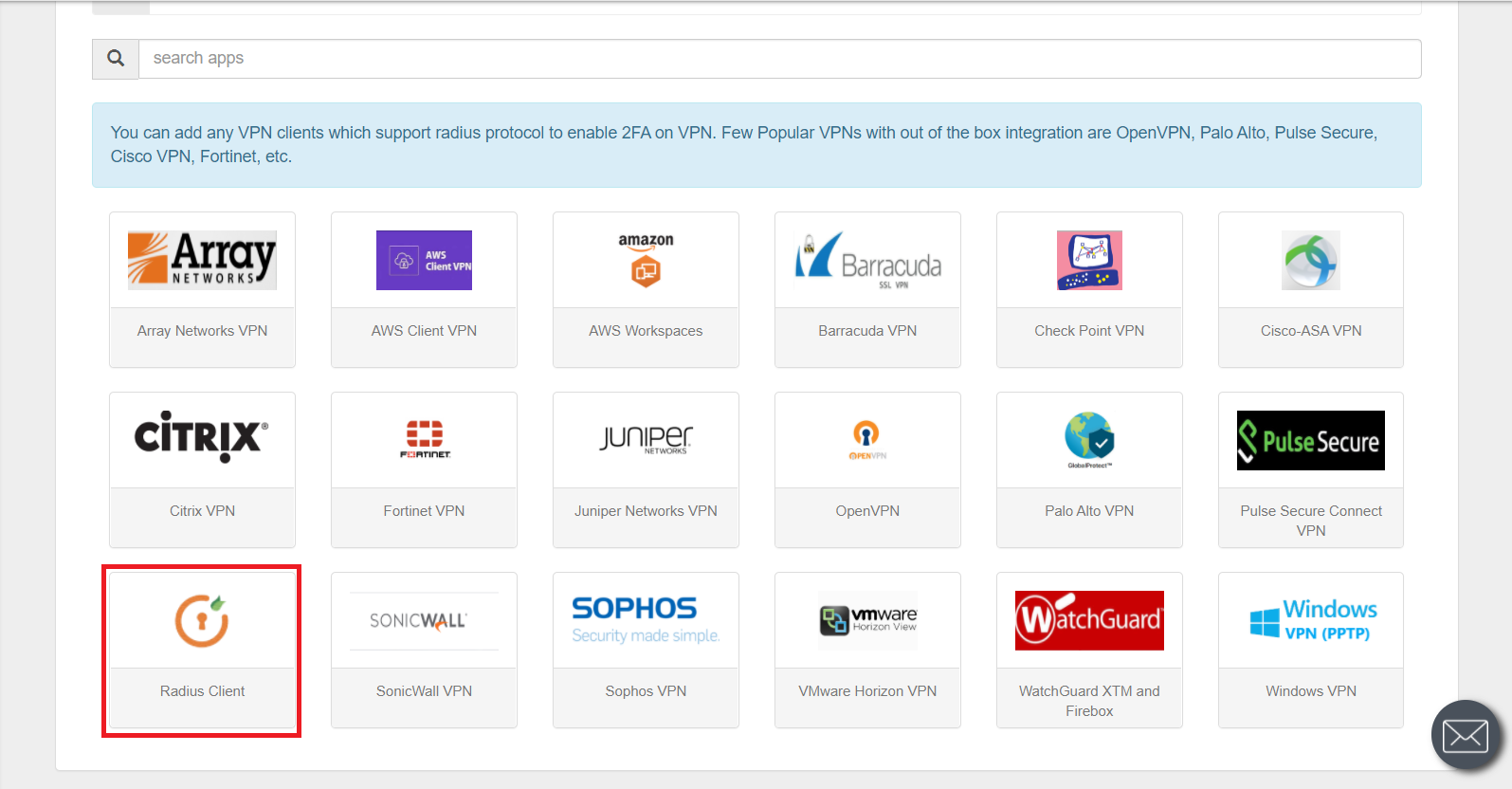
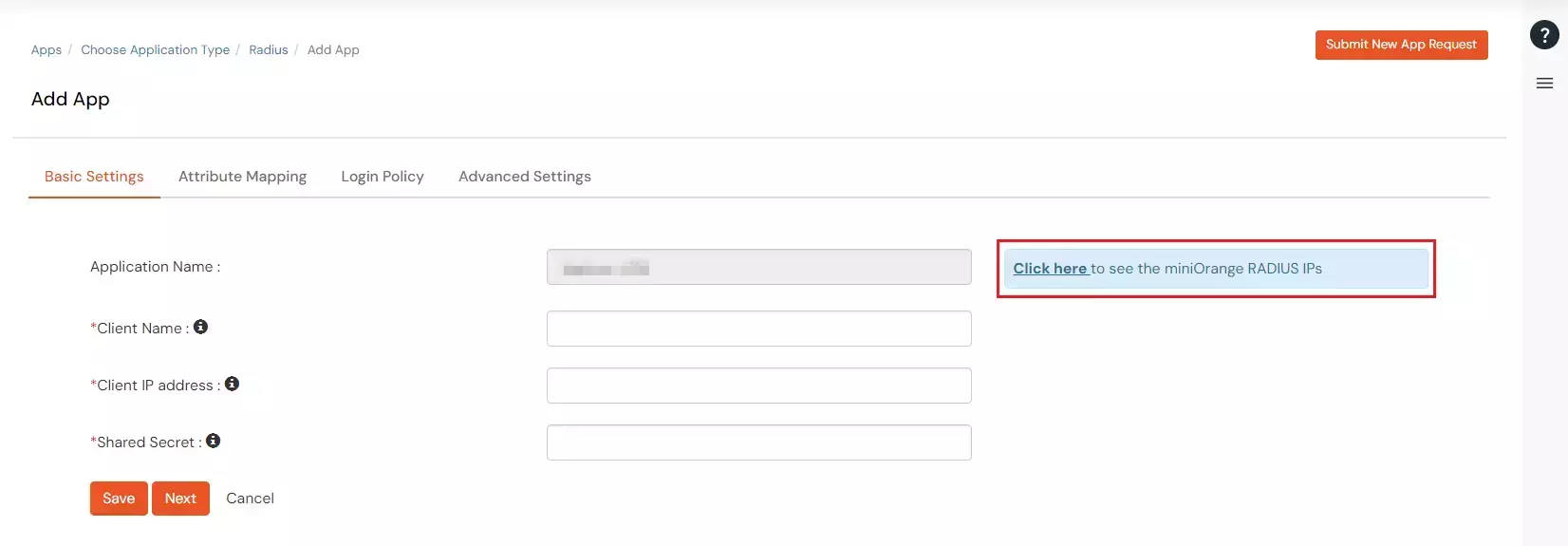


| Client Name: | Any name for your reference. |
| Client IP: | IP address of VPN server which will send Radius authentication request. |
| Shared Secret: | Security key. For Eg. "sharedsecret" (Keep this with you, you will need to configure same on VPN Server). |

| Vendor Name | Group Attribute | Vendor ID | Vendor Attribute ID |
|---|---|---|---|
| Cisco ASA VPN | 26 Vendor-Specific | 3076 | 25 |
| Fortinet VPN | 26 Vendor-Specific | 12356 | 1 |
| Palo Alto VPN | 26 Vendor-Specific | 25461 | 5 |
| SonicWall VPN | 26 Vendor-Specific | 8741 | 3 |
| Citrix VPN | 26 Vendor-Specific | 66 | 16 |
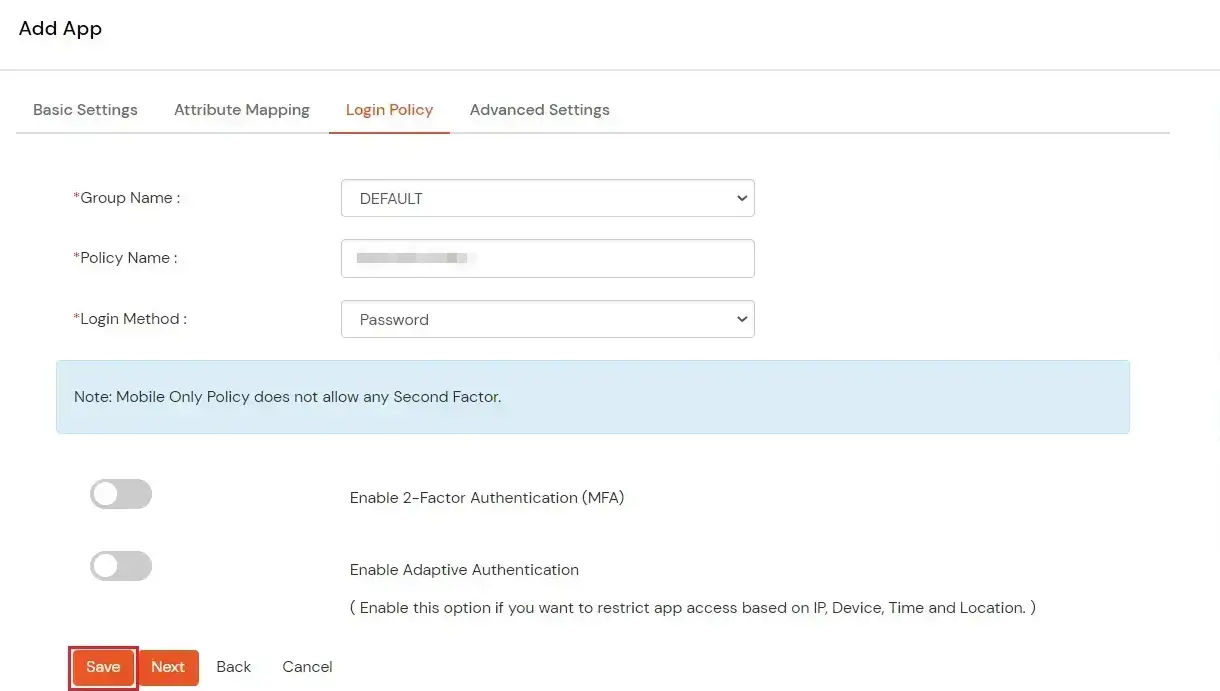
| Group Name: | Group for which the policy will apply. |
| Policy Name: | Any Identifier that specifies policy name. |
| Login Method | Login Method for the users associated with this policy. |
| Enable 2-Factor Authentication | Enables Second Factor during Login for users associated with this policy. |
| Enable Adaptive Authentication | Enables Adaptive Authentication for Login of users associated with this policy. |
Only For On-Premise Version
Open Firewall Ports.


| Property | Explanation |
| Accounting Mode | Indicates how accounting messages are sent. Recommended single mode. |
| Reactivation Mode | Specifies the method by which failed servers are reactivated. |
| Dead Time | Time for which a RADIUS server is skipped over by transaction requests |
| Max Failed Attempts | Maximum number of retransmission attempts. Recommended 1. |

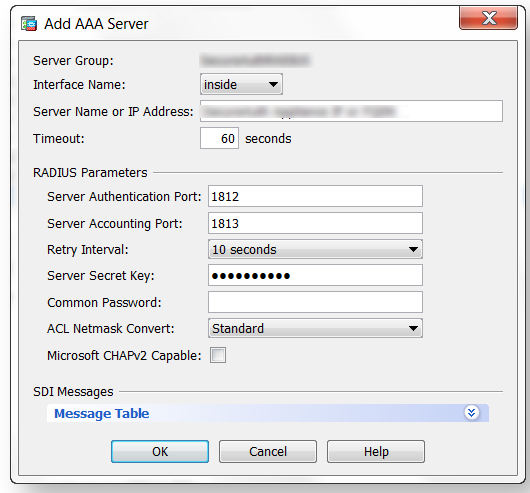
| Property | Explanation | Example |
| Interface Name | Name of protected Cisco interface. | inside |
| Server IP | For on-premise version: IP of server where IDP(miniOrange) is installed
For cloud version: Use the Radius Server IPs which you got from Step1. |
|
| Timeout | Authentication timeout. | 60 |
| Server Authentication Port | RADIUS authentication port. | It should be 1812 |
| Server Accounting Port | RADIUS accounting port | It should be 1813 |
| Retry Interval | Length of time between retries | 30 |
| Server Secret Key | It shared between the miniOrange RADIUS Connector and its client | "sharedsecret" |
| Microsoft CHAPv2 Capable | Whether or not the RADIUS server uses CHAPv2. | It should be unchecked |
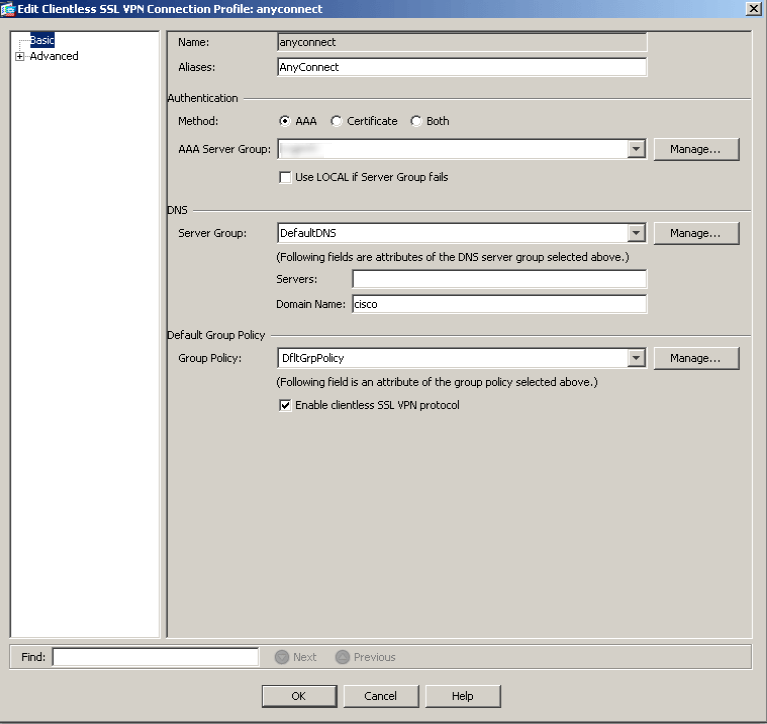
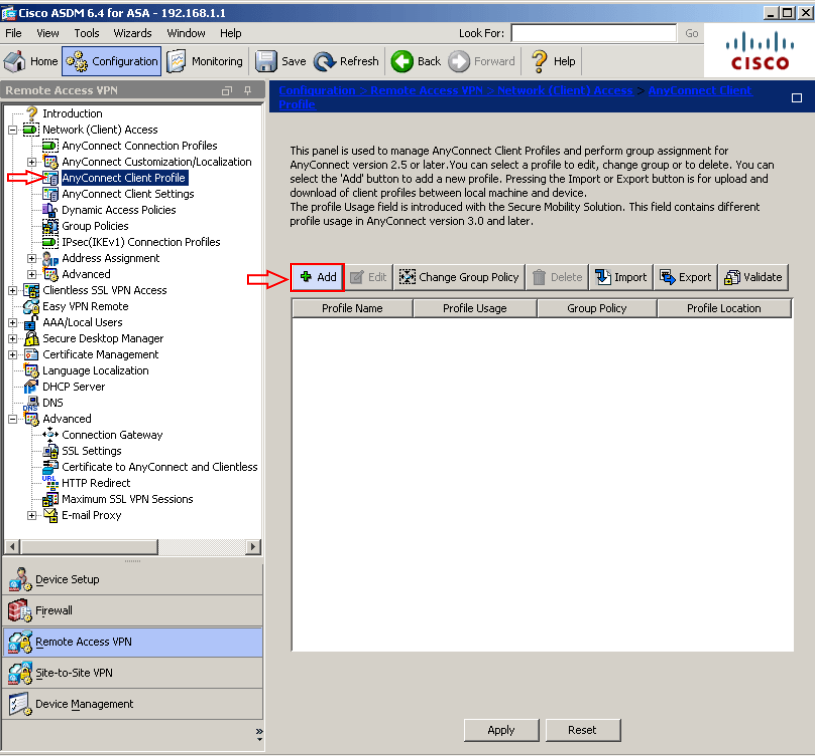

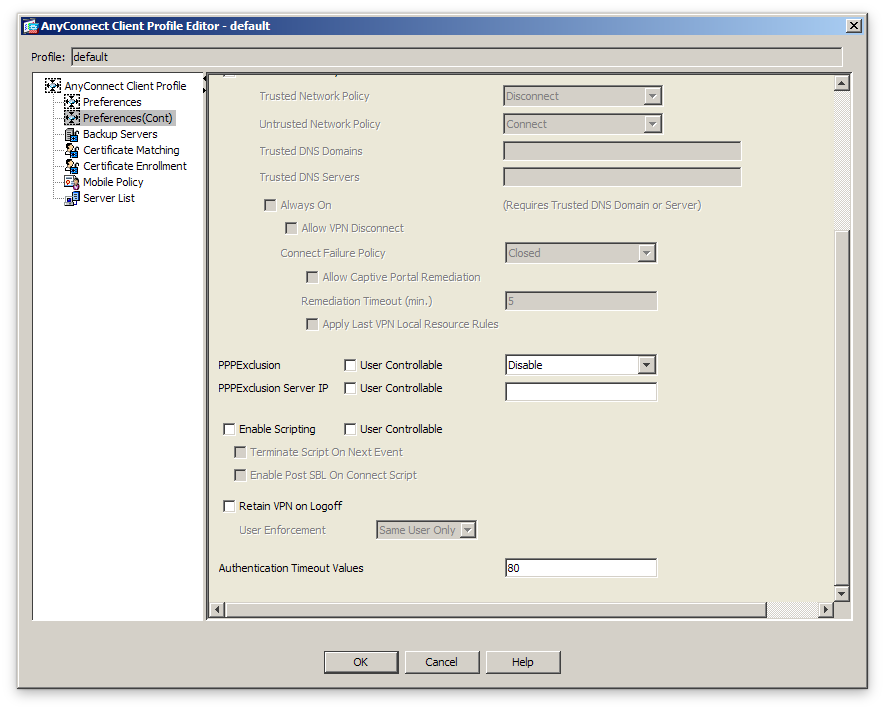

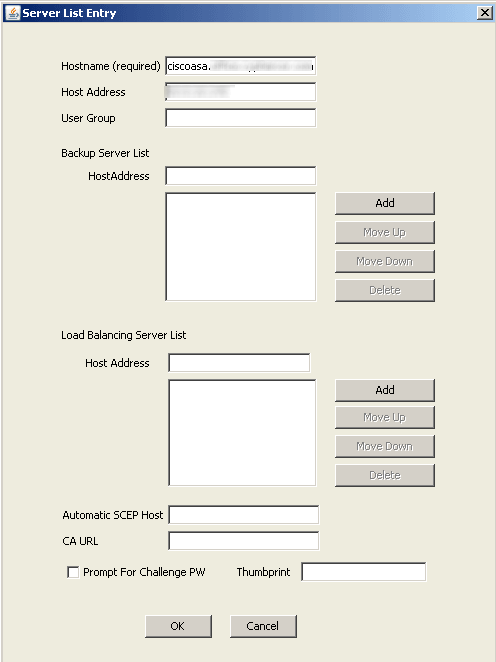
miniOrange provides user authentication from various external sources, which can be Directories (like ADFS, Microsoft Active Directory, Azure AD, OpenLDAP, Google, AWS Cognito etc), Identity Providers (like Okta, Shibboleth, Ping, OneLogin, KeyCloak), Databases (like MySQL, Maria DB, PostgreSQL) and many more. You can configure your existing directory/user store or add users in miniOrange.
Configure your existing directories such as Microsoft Active Directory, Azure, OpenLDAP, etc.



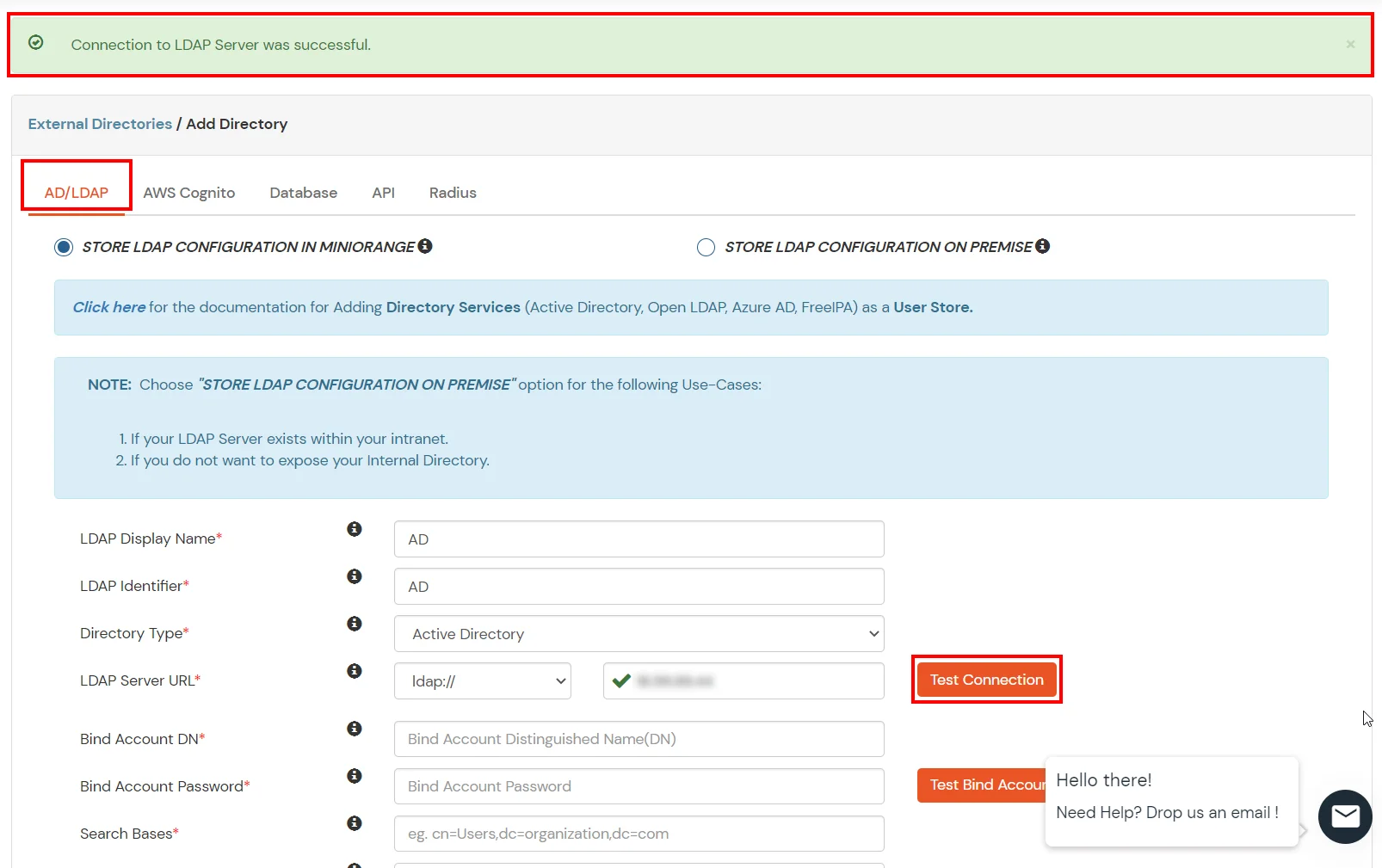





Here's the list of the attributes and what it does when we enable it. You can enable/disable accordingly.
| Attribute | Description |
|---|---|
| Activate LDAP | All user authentications will be done with LDAP credentials if you Activate it |
| Sync users in miniOrange | Users will be created in miniOrange after authentication with LDAP |
| Fallback Authentication | If LDAP credentials fail then user will be authenticated through miniOrange |
| Allow users to change password | This allows your users to change their password. It updates the new credentials in your LDAP server |
| Enable administrator login | On enabling this, your miniOrange Administrator login authenticates using your LDAP server |
| Show IdP to users | If you enable this option, this IdP will be visible to users |
| Send Configured Attributes | If you enable this option, then only the attributes configured below will be sent in attributes at the time of login |
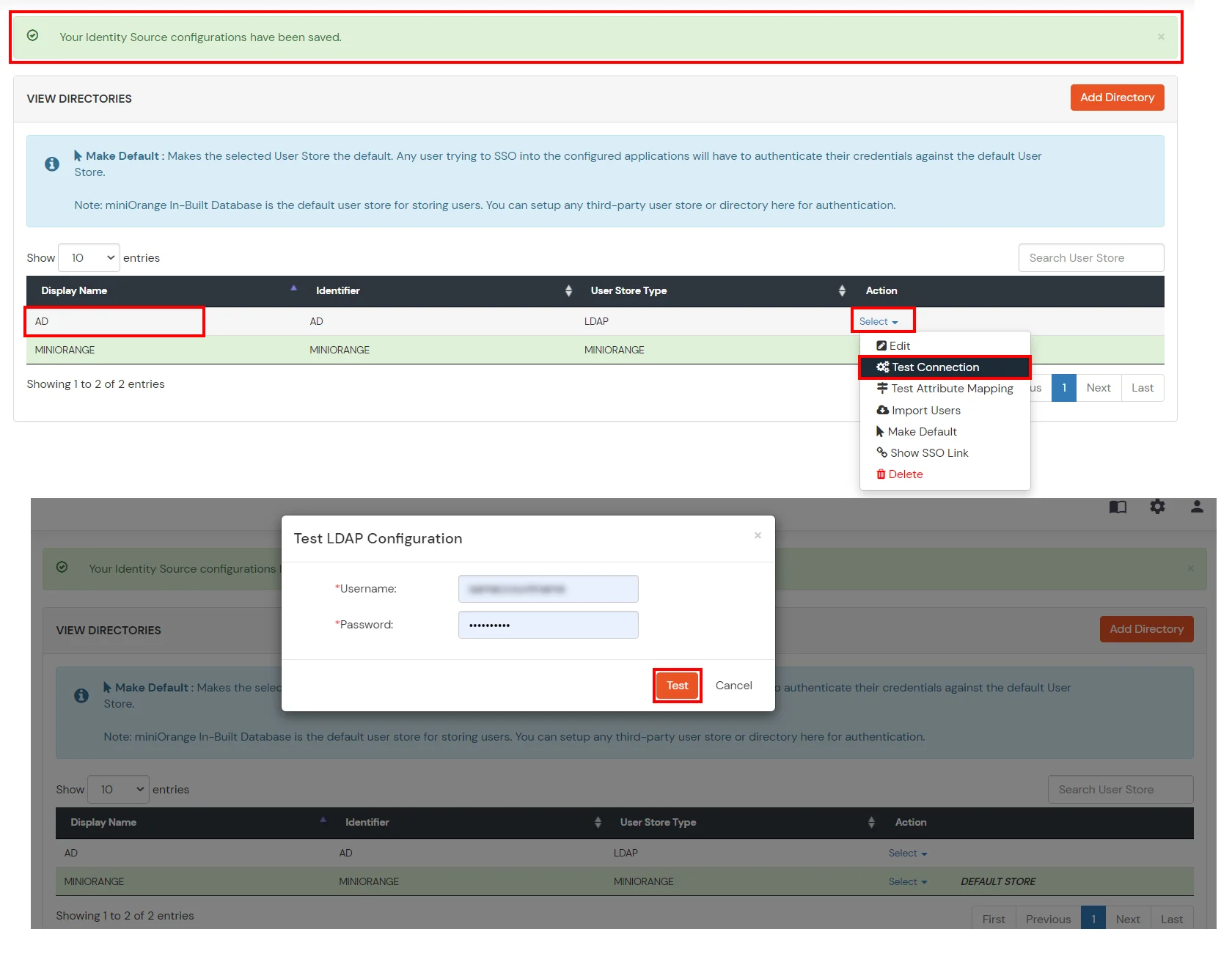


Refer our guide to setup LDAPS on windows server.
Note: Below steps are used to enable one time or manual sync. To enable sync on scheduled basis, you should use LDAP gateway module. Read more and download the LDAP gateway module.




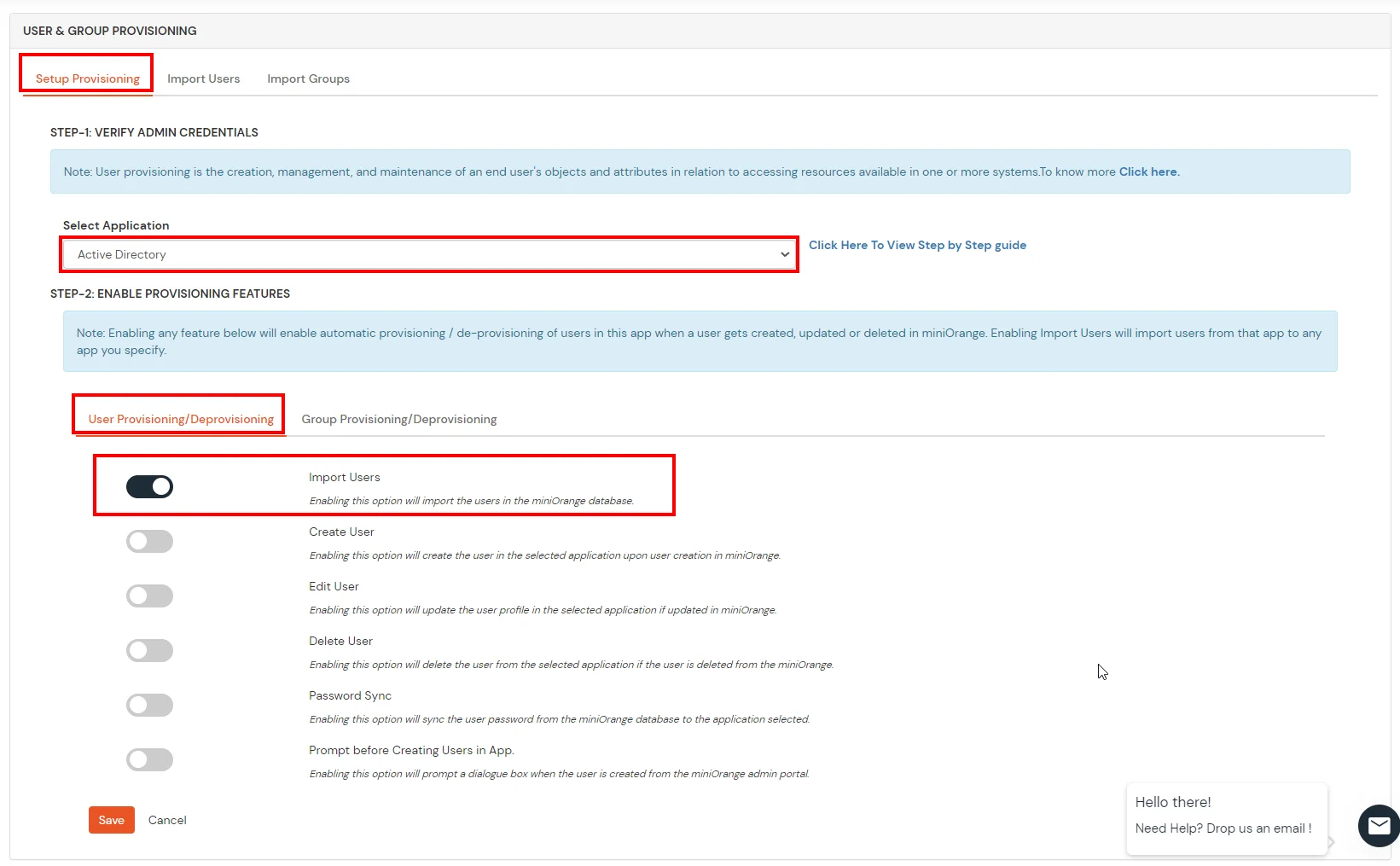


1. Create User in miniOrange





2. Bulk Upload Users in miniOrange via Uploading CSV File.







(The Active Directory Group Provisioning (Sync) setup is done. Now, whenever a user is created or modified in LDAP server and if the Assign Users to groups is enabled, then user group attribute from the LDAP server will be automatically synced and the user group will be assigned or changed accordingly in miniOrange.)
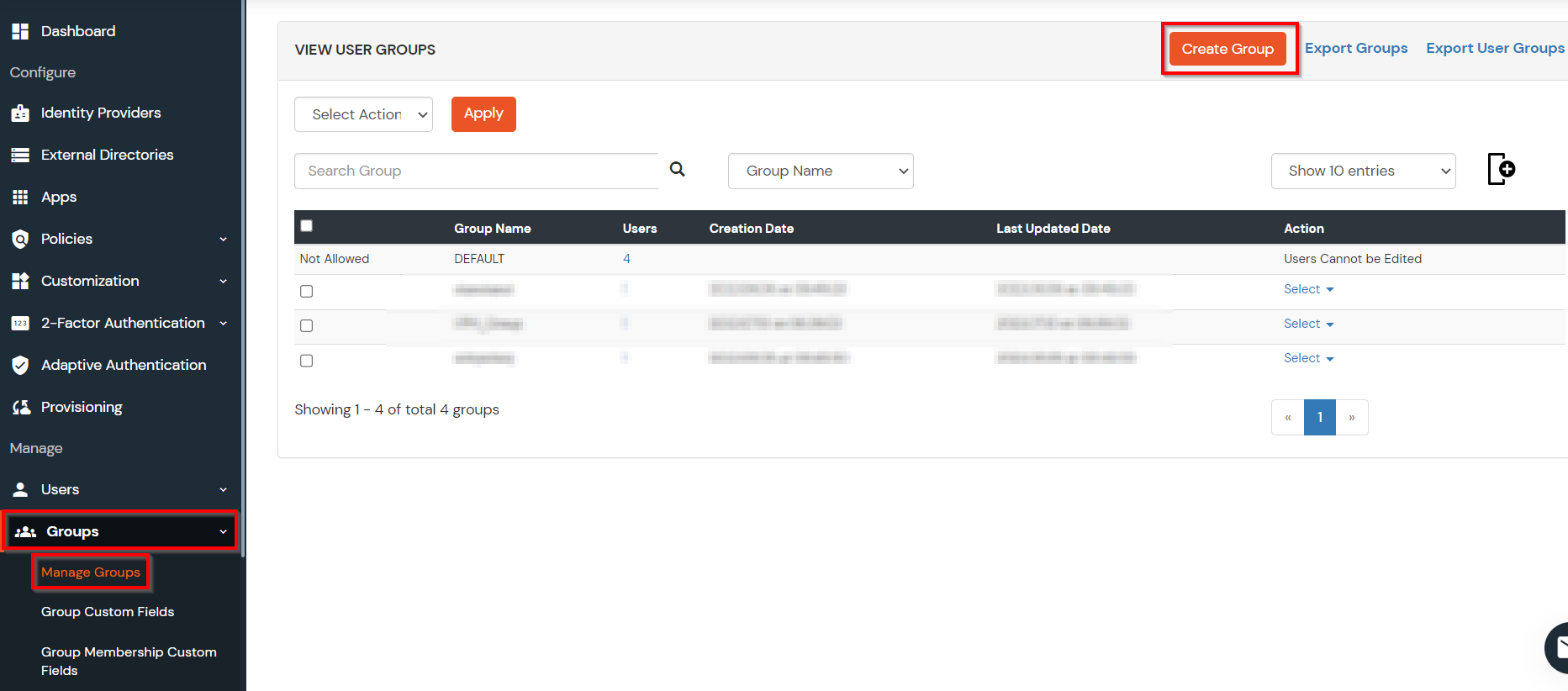



Note: You can follow this guide, if you want to customize and enroll 2FA for end users.
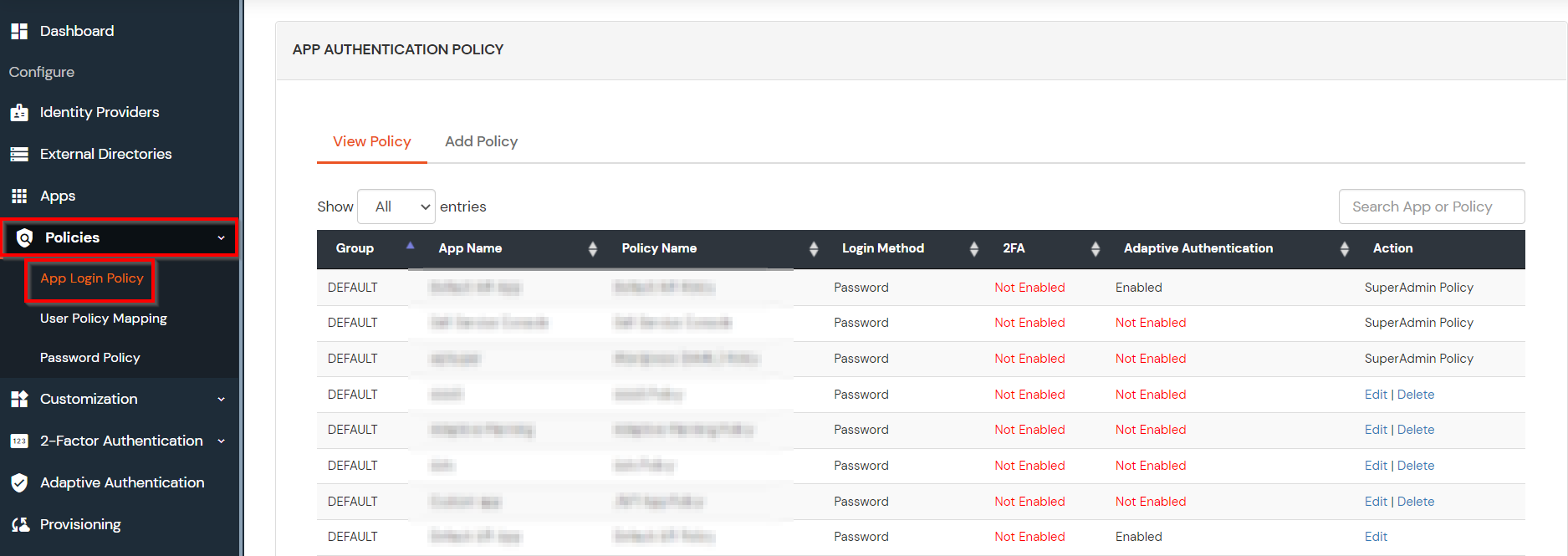
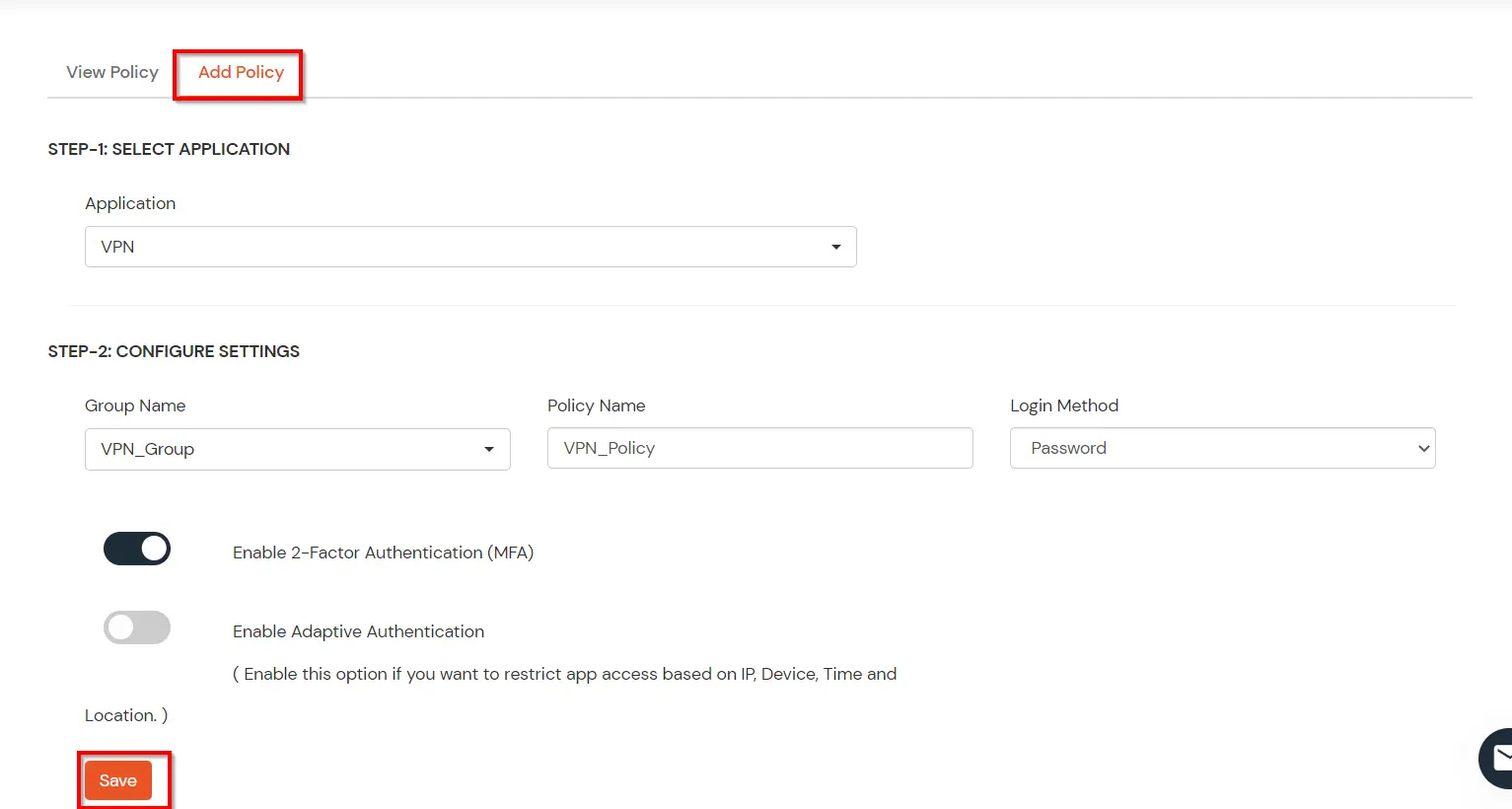
With the help of this guide you will be able to configure Two-Factor Authentication (2FA) for Cisco AnyConnect ASA Login.


Yes, Cisco AnyConnect supports MFA, and with miniOrange, you can easily integrate robust multi-factor authentication to enhance your Cisco VPN security. Experience seamless and secure access with miniOrange’s flexible VPN MFA solution
Cisco AnyConnect authenticates users by leveraging client certificate authentication and validating credentials against a trusted CA certificate. You can enhance your VPN security with miniOrange’s two-factor authentication (2FA).
Yes, Cisco ASA suite has a VPN that provides secure remote access. With miniOrange's integration, you apply additional security factors using Two-Factor Authentication (2FA) . This ensures that only authorized users can connect.
Yes, you can easily control who gets challenged with MFA based on user roles, groups, or specific conditions, ensuring enhanced security and flexibility.

Our Other Identity & Access Management Products